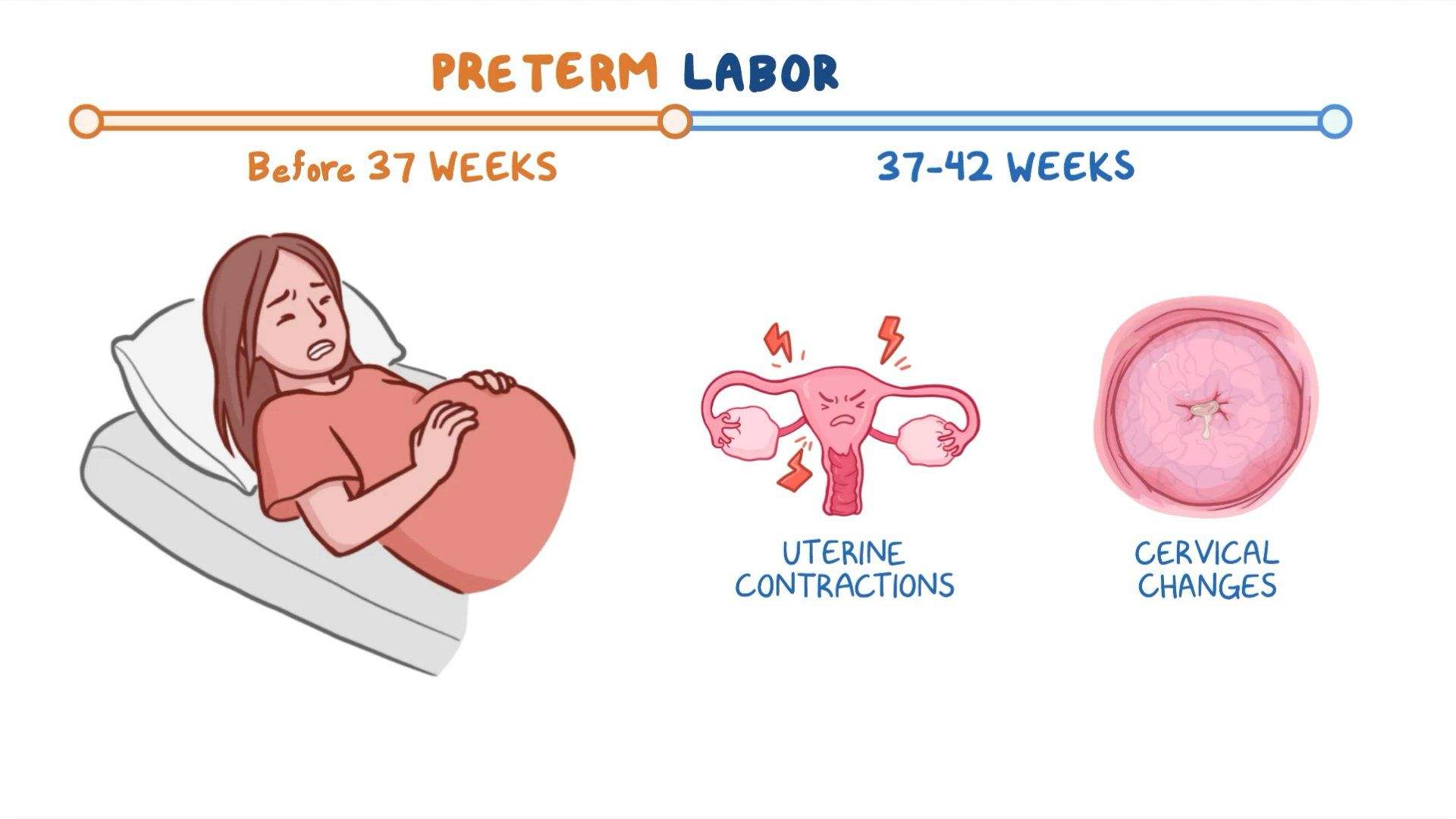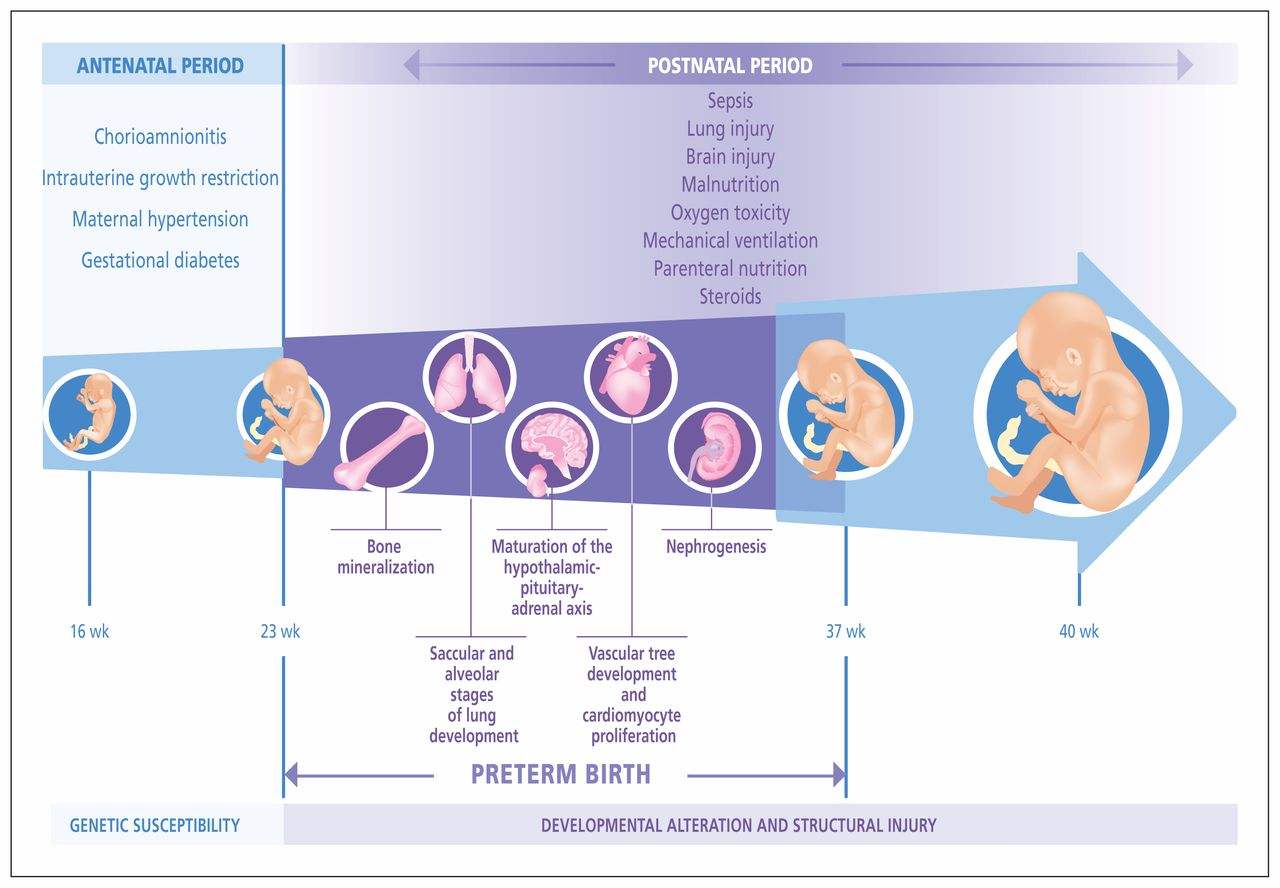A full-term pregnancy takes 40 weeks; Preterm birth is when a child is born earlier before the pregnancy completes 37 weeks. Preterm babies are born prematurely as their births occur three weeks before the expected delivery date. This article concisely guides preterm births, impacts, causes, symptoms, and prevention.
Nursing candidates can access high-quality preterm birth content through; study guides, practice questions, videos, and flashcards developed by Naxlex, a top test prep program. Naxlex content is created to give you the grade you deserve the first time. Boost your test preparation efforts with Naxlex Nursing.
Nursing Test Banks
Comprehensive Predictor Exams
Context of Preterm Births in the US
The reduction of preterm births in the united states is a matter of significant national health priority. In 2021 the preterm birth rate increased by 4% from 10.1% in 2020. Preterm births across various ethnic groups differ.
For instance, the preterm births experienced by non-Hispanic black women were 50% higher in 2021 compared to Hispanic women.
What are the Impacts of Preterm Births?
A growing baby goes through crucial growth during the entire pregnancy duration. The birth of babies with complete development of the organs required for healthy functioning should occur in about 280 days or 40 weeks. A preterm baby will have immature organs, thus requiring intensive nursing support.

Babies born before the recommended pregnancy duration can develop serious health challenges such as; immature lungs that causes breathing issues, digestive problems, bleeding in the brain, feeding problems, slow weight gain, vision and hearing problems. Premature births can lead to high rates of death or severe disability.
What Causes Preterm Births?
Medical professionals don’t know what causes babies to be born before the full-term pregnancy cycle. However, there are risk factors that can promote preterm births among women. Some known risk factors include; previous premature births occurrence, pregnancy with multiples, use of tobacco, drug abuse, and having short-term periods (below 18 months) between pregnancies.
Besides the above risk factors, women experiencing complications in their pregnancy can experience preterm birth since they must deliver early. Awareness of the preterm risk factors can help pregnant mothers to avoid lifestyles that can increase the chances of giving birth before the completion of the full-term pregnancy period.
Signs of Preterm Labor Pain
There is no significant difference between preterm and regular pregnancy labor intensity. The labor for preterm birth occurs unexpectedly and immediately or before 37 weeks. Similar to expected delivery, preterm labor is characterized by the following signs;
- Frequent tightening of abdominal muscles
- Increased vaginal discharge. The discharge may include bleeding
- The feeling of the baby pushing outwards
- A low and dull back pain
- Abdominal cramps. The cramps may be accompanied by diarrhea
- Vaginal or pelvic pressure
- Ache in your inner thighs
Pregnant mothers are advised to seek medical help immediately if they experience labor pain soon or before the 37th week. Seeking immediate medical assistance can save the life of a mother, baby, or both.
Preterm Birth Prevention Strategies
Since the causes of preterm births are unknown, prevention and promoting good health is an excellent solution to improved maternal health. The following are some valuable strategies;

1. Accessible Healthcare among Women
One practical strategy that can be used to prevent preterm birth is the provision of high-quality healthcare services among women. Women of childbearing age must be provided with sufficient health care services before and during pregnancy.
Women should access healthcare screening and promotion services to ensure they live a healthy life supporting a pregnancy with optimal health. Life-threatening diseases have become very common among women.
Providing women with accessible healthcare screening services can detect potential chronic diseases such as; diabetes and high blood pressure that can affect the development of pregnancy. The disorders, once seen, can be managed before and during the pregnancy to promote full-term pregnancy.
2. Identification of Women at Risk
Identifying women at risk of giving premature births can enhance and reduce preterm births. Women who have had a past preterm birth will likely have it again. Locating the women and giving them appropriate medical treatment is a significant strategy to address preterm birth issues among women.
3. Prevent Unplanned Pregnancies among Women
Unplanned pregnancies, especially those occurring less than eighteen months apart, can increase preterm births. One way to avoid unintended pregnancies is by educating families on their family planning options. Mothers with a well-planned pregnancy are likely to give birth to healthy babies at a full-term pregnancy.
4. Utilize Single Embryo Transfers
In vitro, fertilization has become a popular pregnancy for women with infertility issues. Utilization of single embryo transfers has been the preferred strategy through vitro fertilization. Pregnancies with multiples, such as; twins, triplets, and others, create more risks for preterm babies.
5. Good Lifestyle Management
An imbalanced lifestyle, such as obesity, can increase preterm births. If you are obese, it’s advisable to focus on losing weight. If your weight is below the recommended size, try to gain the required weight. Regular exercise for thirty minutes daily is a good measure to keep your body fit. A healthy body can carry optimal pregnancy to full term.
6. Avoid Drug Use
Excessive drug use increases preterm births. Women of childbearing age are advised to avoid harmful drugs, including; tobacco, smoking, and smoke produced by smokers. If you are planning to get pregnant, avoid alcohol-related products. Excessive alcohol consumption increases the chances of preterm births.
7. Engage in Healthy Relationships
When trying to become pregnant, endeavor to have a healthy relationship with your partner. A good relationship with your partner can give you a healthy life during pregnancy. Besides having a good relationship with your partner, it’s also advisable to relate well with others.
8. Take Good Care of Yourself
Taking good care of yourself during pregnancy is a proper way to reduce preterm births. Monitoring your health ensures you are living optimally, thus able to carry the pregnancy to full term. Get timely prenatal care, attend clinics with your partner, and endeavor to live a healthy lifestyle.
Conclusion
Nursing Online Classes and TestsPreterm births have been a significant health problem affecting many women. It occurs at 37 weeks when babies are not fully formed. Access quality nursing content on Naxlex.
Start your journey with us today
Join 1000+ Nursing Students
Powerful learning and clinical tools combined into one platform. The Naxlex Knowledge and Qbanks give you instant and on-the-go nursing knowledge and guidance.




